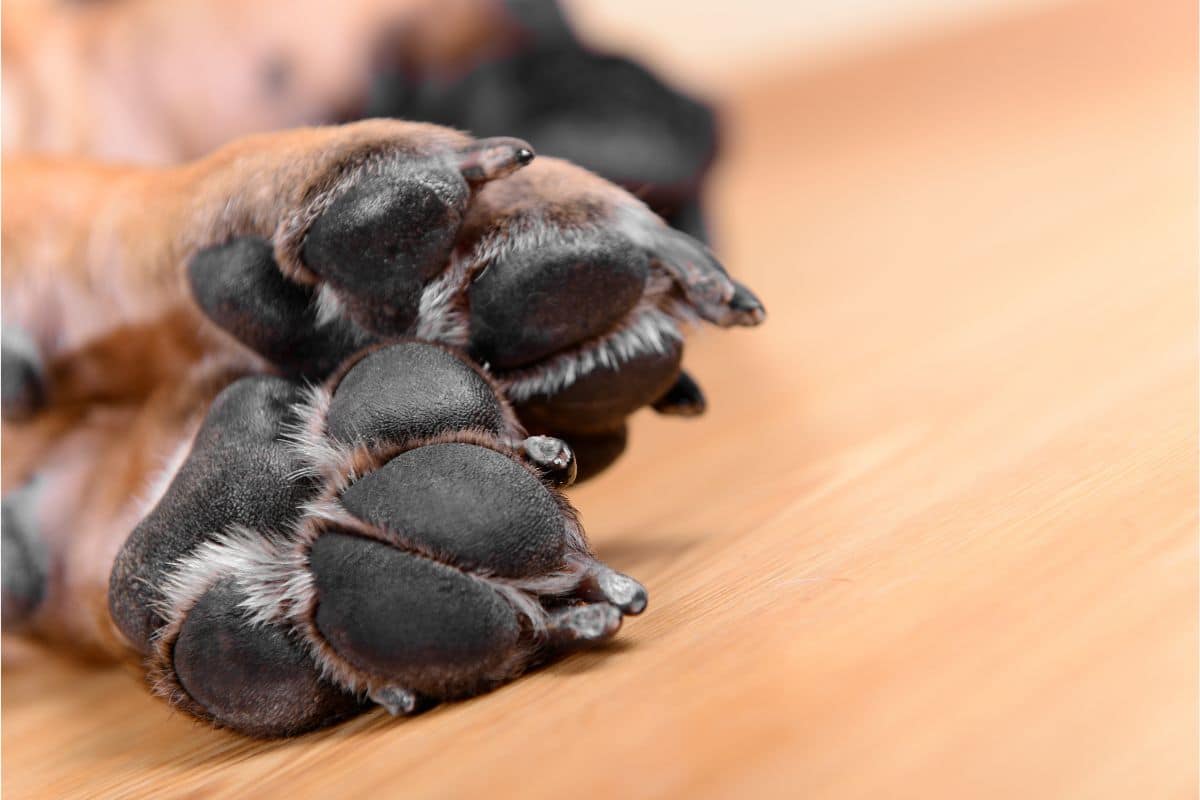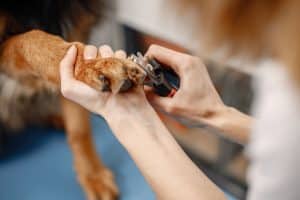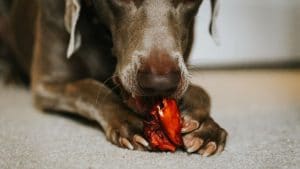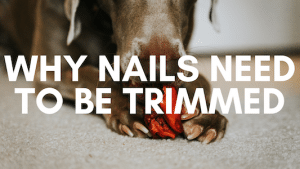Dog paw pads are sensitive to the touch. They are filled with an oily fluid, and can cause irritation when they are stepped on.
Paw pads are the pads of the foot on dogs. They are found in front of the toes and can be torn or cracked. They can also become infected. Learn what to do.
Dog paw pad injuries (see also ‘How To Remove And Prevent Dog Paw Calluses‘) can happen in a variety of ways, including stepping on it or cutting into it with a nail or other sharp object.
Here are some ways to deal with your dog’s paw pad injury.
Variety Of Foot Pad Injuries
There are several different types of foot pad injuries that can occur when noticing something wrong with their paws.
- Abrasions
- Blisters
- Burns
- Ulcers
- Tears
- Punctures
- lacerations.
Your pets paws will be pretty tough against most surfaces and will not be often damaged.
However, if your dog was to walk on any glass or something sharp outdoors, it can cause painful injuries for them.
You also need to be careful with other surfaces like concrete and gravel when it’s really hot.
Symptoms Of An Injury
- Whining.
- Lack of interest in daily activities.
- Excessive licking at the foot.
- Limping.
- Excessive panting.
- Lethargy.
- Bleeding at the foot.
Most dogs will show at least one of these symptoms when they are in pain from a pad injury.
If your dog starts showing any of these signs you will need to take them to the vets immediately.
If there is an open cut on the paw, it might get infected if you do not notice the signs early enough.
The sooner the treatment is started the sooner the paw can start the healing process. It could take a few weeks for it to heal completely.
Home Treatment
If there are deep cuts or your dog is in a lot of pain, you will need to take them to the vets to get properly treated.
However, if it is a mild injury, there are some home remedies you can use to help them heal.
The best way to clean the mild injury and start the healing process is to rinse the paw pad with cool water.
You need to then apply an antiseptic to the area to make sure that no infections can enter.
You will also need to put a pad on the injured pad to protect it from any further damage.
If you do choose to treat it at home, you will need to keep a close eye on it and keep it nice and clean.
It needs to heal as well as it can because if you don’t keep it clean, it can make the injury much worse.
How To Avoid Pad Injuries
To prevent the injury happening in the first place is the best thing for your dog.
There are several ways you are able to try and prevent any pad injuries happening to your dog.
The best way to avoid paw injuries is avoiding hot concrete, sand or gravel. You can also avoid rough surfaces as that all cause minor injuries.
You can also purchase some protective footwear. There are now many online sites where you can buy some dog boots which are great for protecting their paws against any type of surface.
It might take a bit of time for your dog to get used to them, but it is something that works.
Rough surfaces – dogs paws are very sensitive to hot surfaces. You should be avoiding concrete that has been in direct sunlight.
In the summer months it is ideal to be walking your dog in the early mornings or evenings when it is slightly cooler.
Conclusion
Overall, if you are wondering what to do if you ever have an issue with your dog’s paw, these are the various ways to sort the problem.
You need to make sure you are looking out for the signs and symptoms they show.
You will know if they have to go to the vets mainly because of the pain they will be in!
Make sure you follow the advice and don’t take them out in the really hot weather!!
Frequently Asked Questions
Will A Paw Heal On Its Own?
A dog’s paw pad will heal on its own, but you may want to keep the dog’s paw pad wrapped in bandages for a few days after the injury.
If the injury is quite severe where there is an open cut which is heavily bleeding, you should take them to the vets to be sorted.
If it is a mild abrasion on the paw, you can treat it at home with antiseptic and protective pads.




